Good Decisions in Baseball
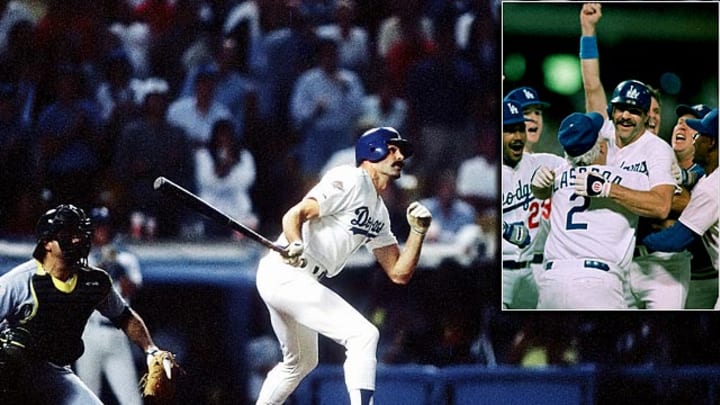
Good Decisions in Baseball

Things didn't look good for the Dodgers in Game 1 of the 1988 World Series. They were trailing the A's 4-3 in the bottom of the ninth and facing elite stopper Dennis Eckersley, who had just given them a sliver of hope by walking Mike Davis. And then Dodgers manager Tommy Lasorda made the decision of a lifetime, calling for Kirk Gibson to pinch hit. Gibson, the 1988 NL MVP, was slowed by hamstring and knee injuries and limped to the plate. But the injuries were a distant memory when Gibson launched Eckersley's 3-2 pitch over the right field wall for a Game 1 victory. Who else made decisions that forever altered the course of major league history? SI.com takes a look.
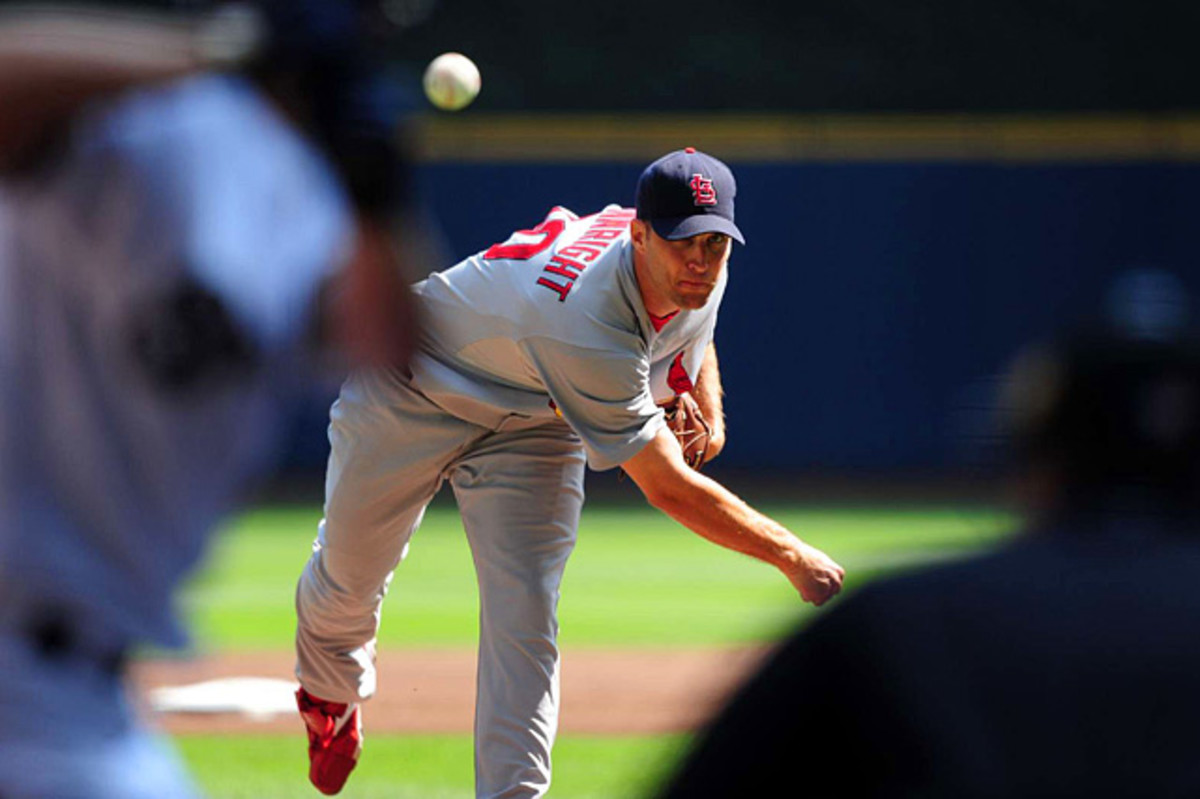
Since 2007, Adam Wainwright has the lowest ERA (2.93) of any regular starter outside of Roy Halladay and more wins (64) than everybody except CC Sabathia (76), Halladay (74) and Justin Verlander (66). But before 2007, Wainwright was a sensational closer, recording the last out in both the NLCS and the World Series in 2006. Recent Tommy John surgery aside, one has to believe the Cardinals were happy with their decision to convert Wainwright to a starter.
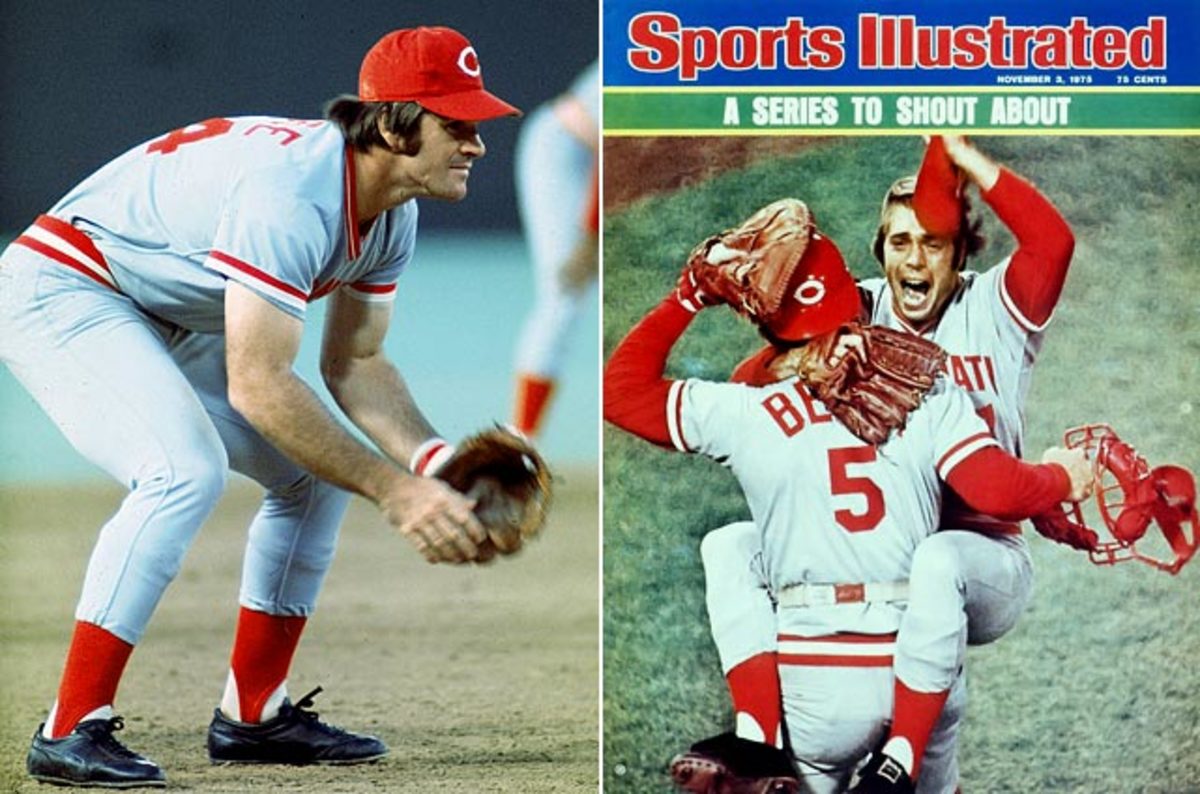
In 1975 the Big Red Machine got off to a slow start and the onus fell on manager Sparky Anderson to right the ship. His first course of action was to shift superstar Pete Rose from outfield to third base, a position he hadn't played in almost 10 years. Rose's move paved the way for George Foster to start in left, and Foster's 23 home runs offset Rose's sub-par defense at third. The shift shook the rust off the Machine, but Anderson's genius was still to come. With his starters fading and the Reds once again slipping in the standings, Anderson started using his bullpen more extensively and strategically, letting matchups dictate the pitcher. In the process, the modern bullpen was born.
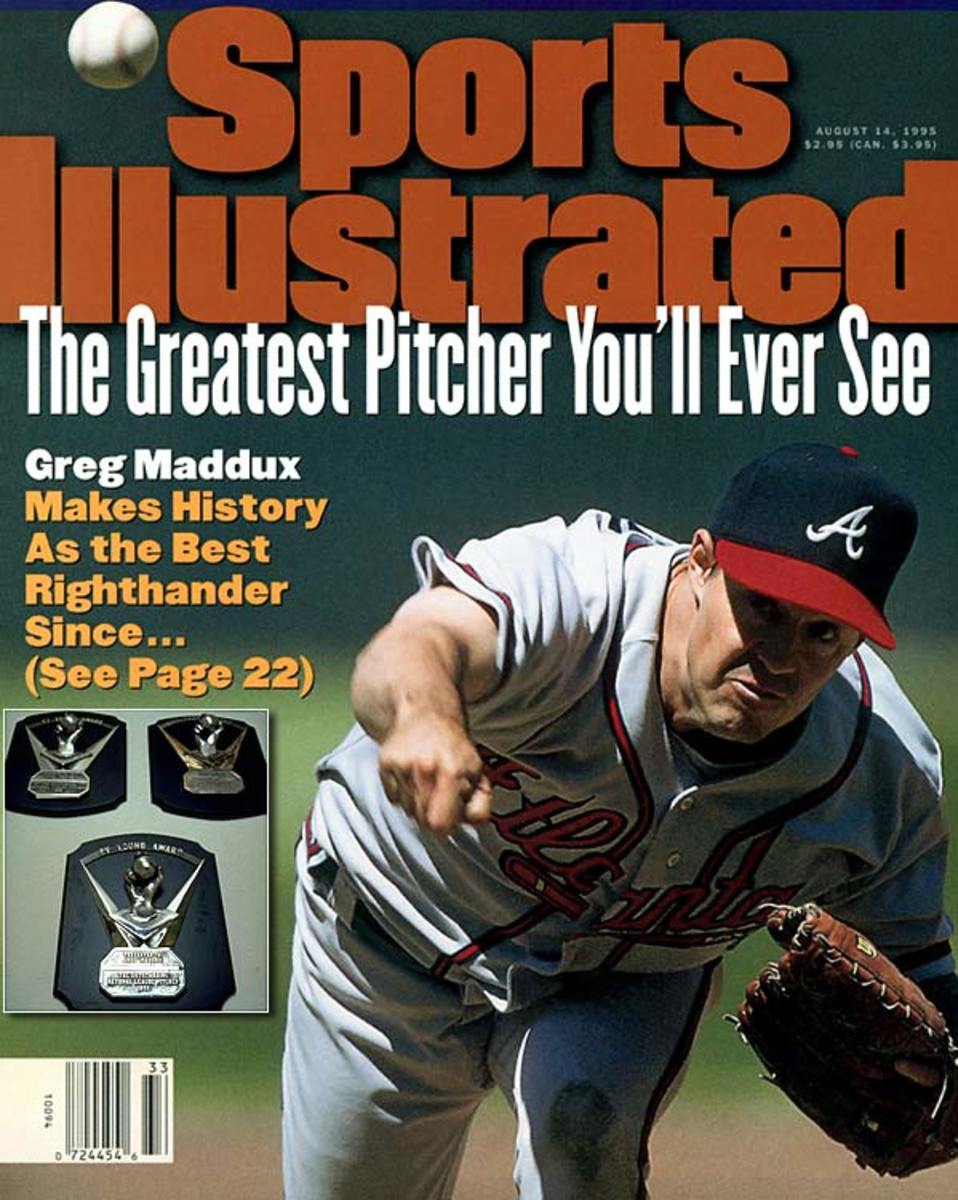
After contentious negotiations broke off in 1992, the Cubs made arguably the biggest mistake in franchise history: letting NL Cy Young winner Greg Maddux walk. One team's misfortune is another team's gain though, and the Braves were quick to sign Maddux to a five-year, $28 million deal. The move was a great decision. Maddux was just entering his prime and would win the Cy Young again in 1993, 1994 and 1995.

The Rays had intended for David Price to be a starter but during their serendipitous run to the 2008 World Series he excelled as their closer. Price shut the door on the Red Sox during a four-out save in Game 7 of the ALCS and the Rays trusted him to face both Chase Utley and Ryan Howard with men on base in the Series. But come 2009, the Rays didn't alter their long-term plans. Price was put back on a starter's regiment in the minors and earned his first major league regular season victory on May 30, 2009. A year later, Price tied for second in the AL with 19 wins.
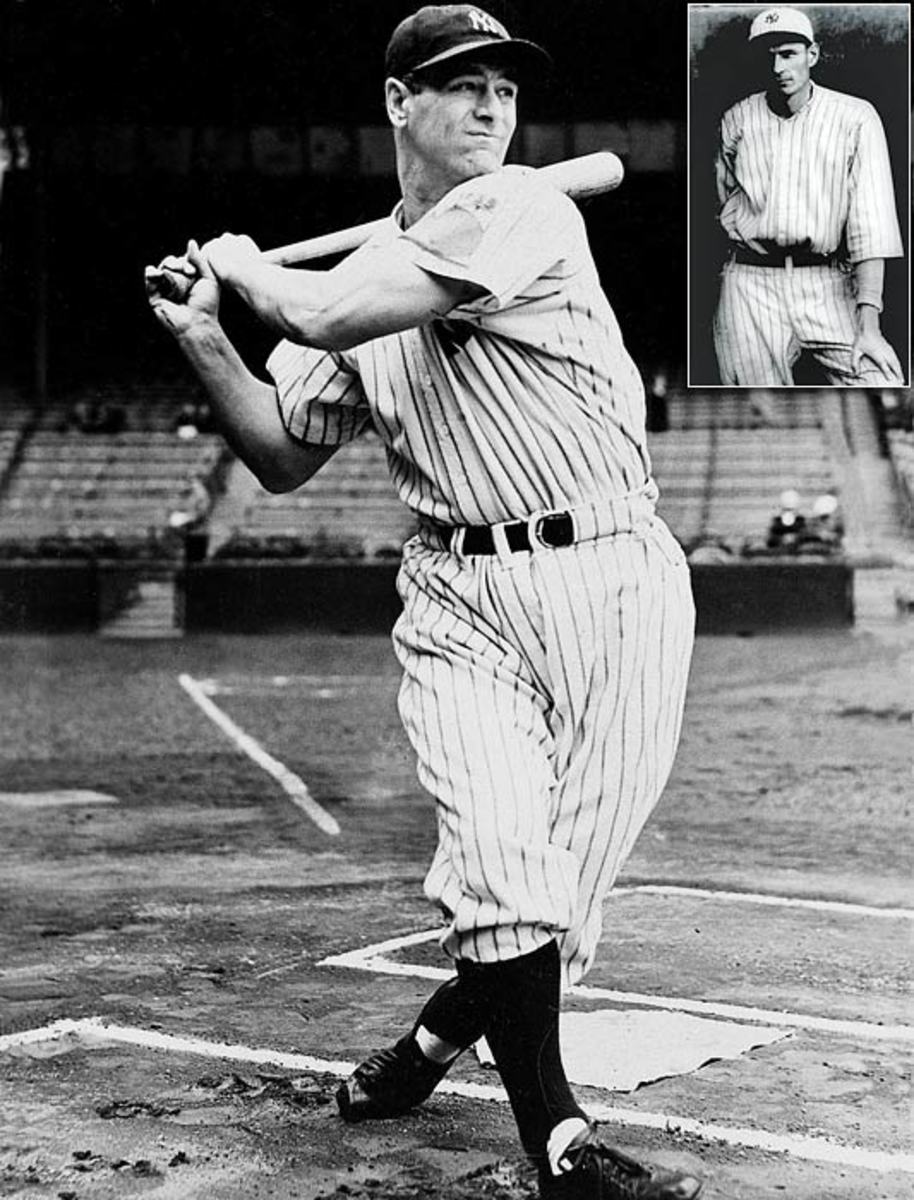
On June 2, 1925, Wally Pipp (inset), by his account, arrived at Yankee Stadium with a headache. Manager Miller Huggins took note of Pipp's ailment and suggested the veteran take the day off. The rest is history. Gehrig subbed for Pipp and never came out of the lineup, playing in 2,130 straight major league games, a streak that didn't end until 1939. Pipp logged only 17 more at-bats for the Yankees in '25 and was traded to the Cincinnati Reds in 1926.
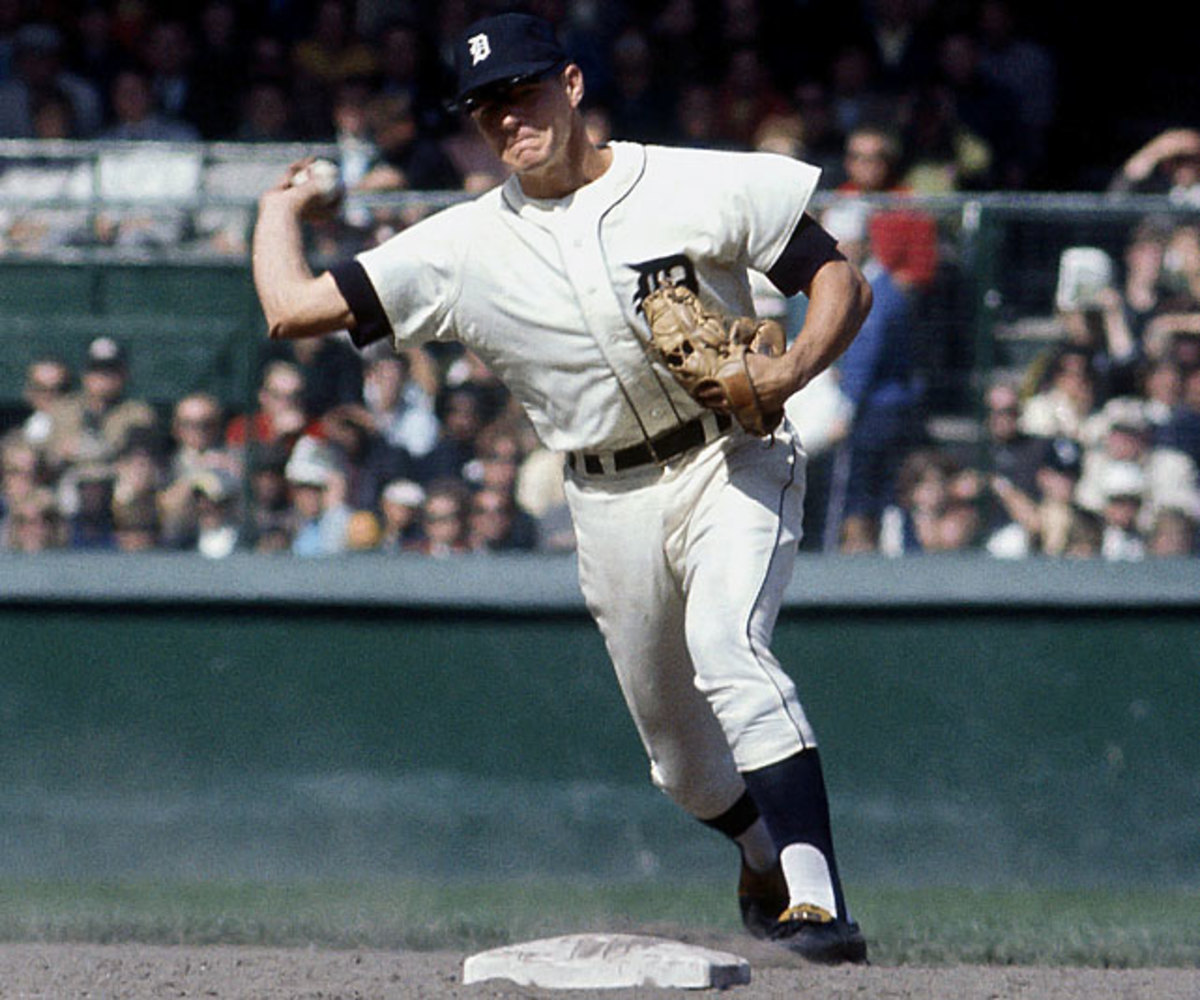
A week before the 1968 World Series, Tigers manager Mayo Smith made a bold decision: he would move his center fielder, Mickey Stanley, to shortstop. Stanley, who had been a pitcher in high school, was the best defensive center fielder in the major leagues. With their berth to the World Series sewn up (the League Championship Series began in 1969), Smith tried Stanley at shortstop at the end of the regular season. In his first game, he made two errors, and threw to first on what should have been a double-play ball. The move paid off in the World Series though: Stanley played seven games of errorless ball and the Tigers won 4-3.
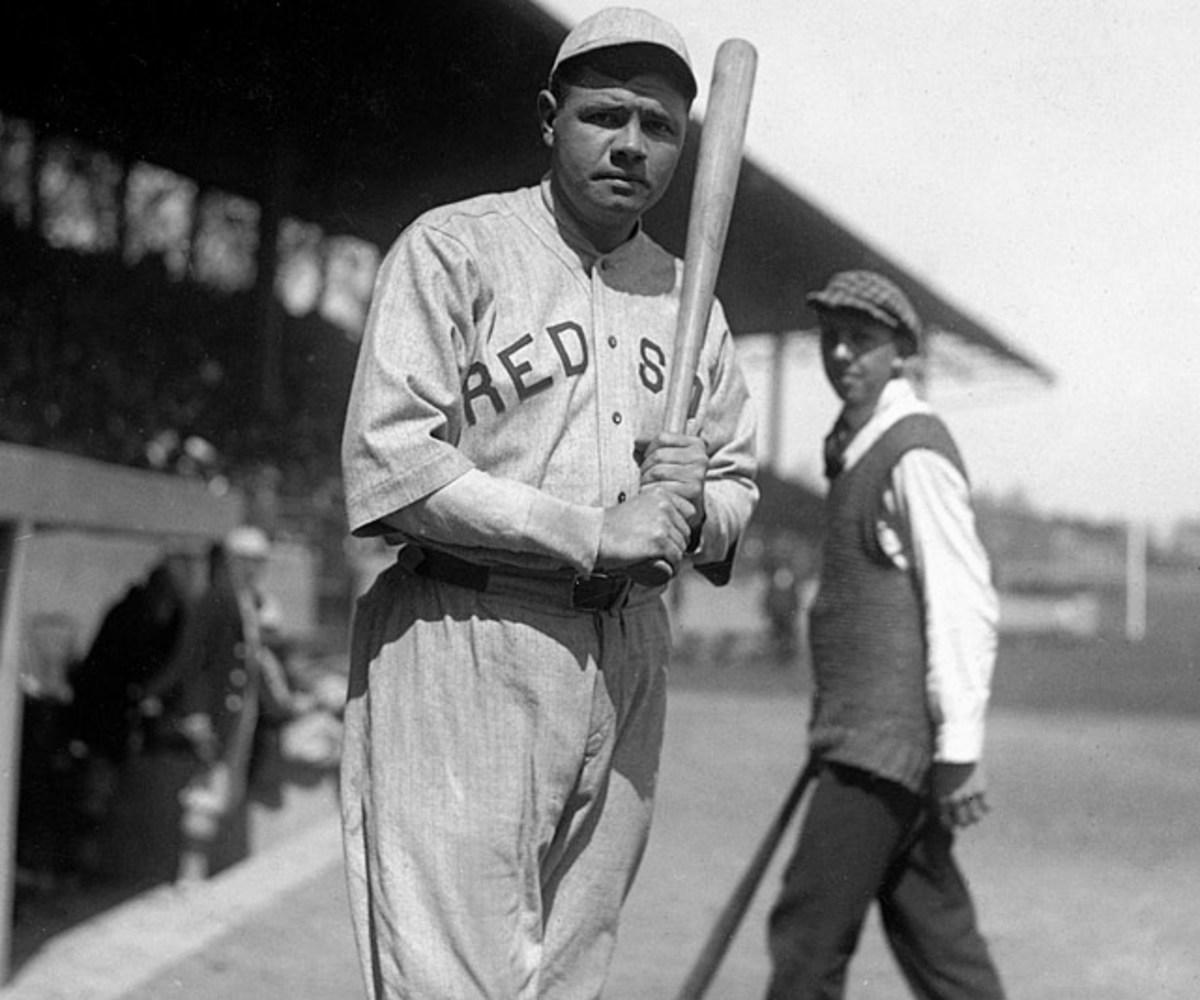
The Babe won 23 games in 1916 and 24 in 1917 as a pitcher, but a more important number emerged during the latter season: .325. This was Ruth's batting average in limited at-bats, and it encouraged Red Sox manager Ed Barrow to utilize the lefty's bat more often. The next year he led the AL in home runs, and in 1919 he set a new single-season record with 29 home runs. When he was sold to the Yankees in 1920 he converted to outfield full time and broke his own single-season mark three more times before retiring with 714 home runs.
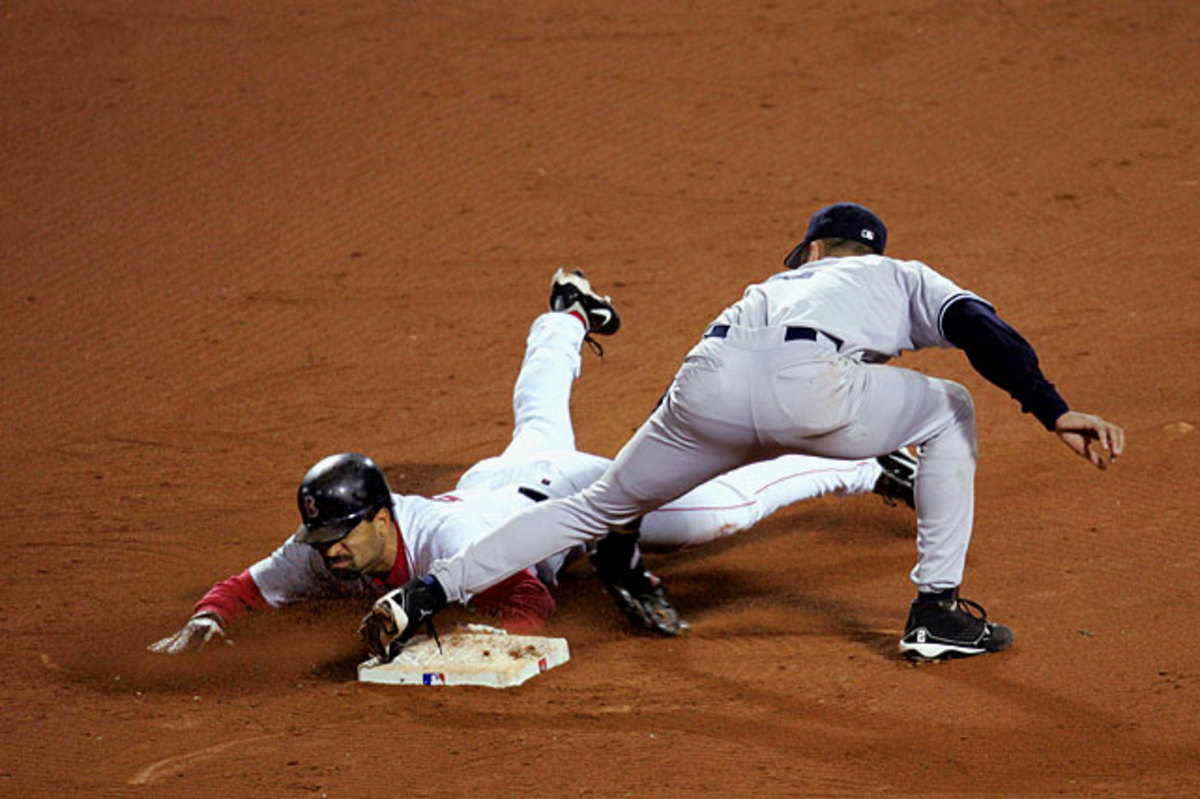
Without tallying a hit, Dave Roberts saved the Red Sox from elimination and propelled them to their first World Series title since 1918. Down 3-0 to the Yankees in the ALCS, the Red Sox looked doomed when Mariano Rivera stepped on the mound to close out Game 4. Rivera though, walked Kevin Millar, and Roberts came in as a pinch-runner. And then Roberts made the decision to steal second. As Joe Posnanski wrote , that steal convinced the Red Sox they could win Game 4, and from there on they were unstoppable. They swept Games 5, 6 and 7 from the Yankees and then beat the Cardinals in four straight in the Fall Classic.
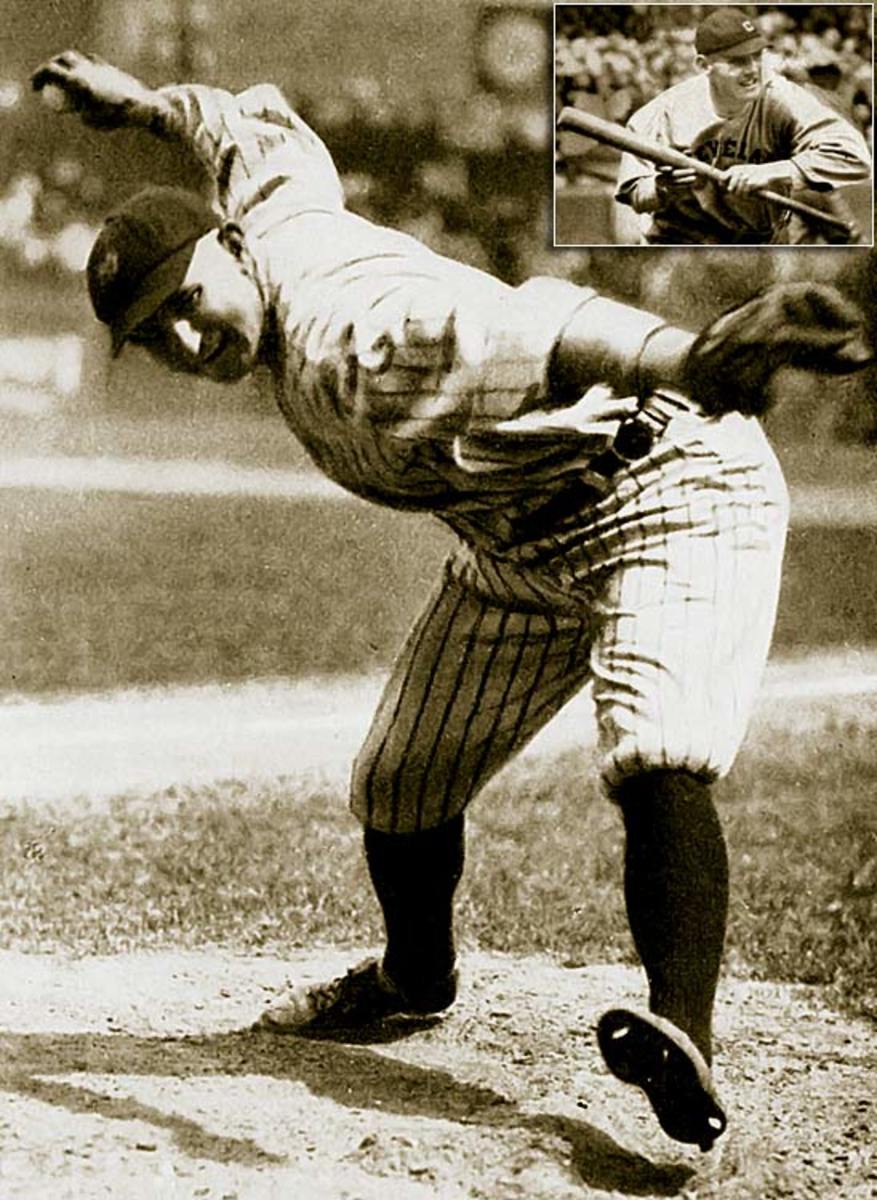
During the Dead Ball era, it was common practice for pitchers to manipulate the ball, smearing it with grease or dirt or even scuffing the surface to gain an advantage. In August of 1920, the Indians' Ray Chapman (inset) was killed by a pitched ball from the Yankees' Carl Mays that Chapman could not see because of its discoloration. In 1921, baseball instituted a rule to remove dirty or doctored balls from play. Offense increased dramatically and the game was changed forever.
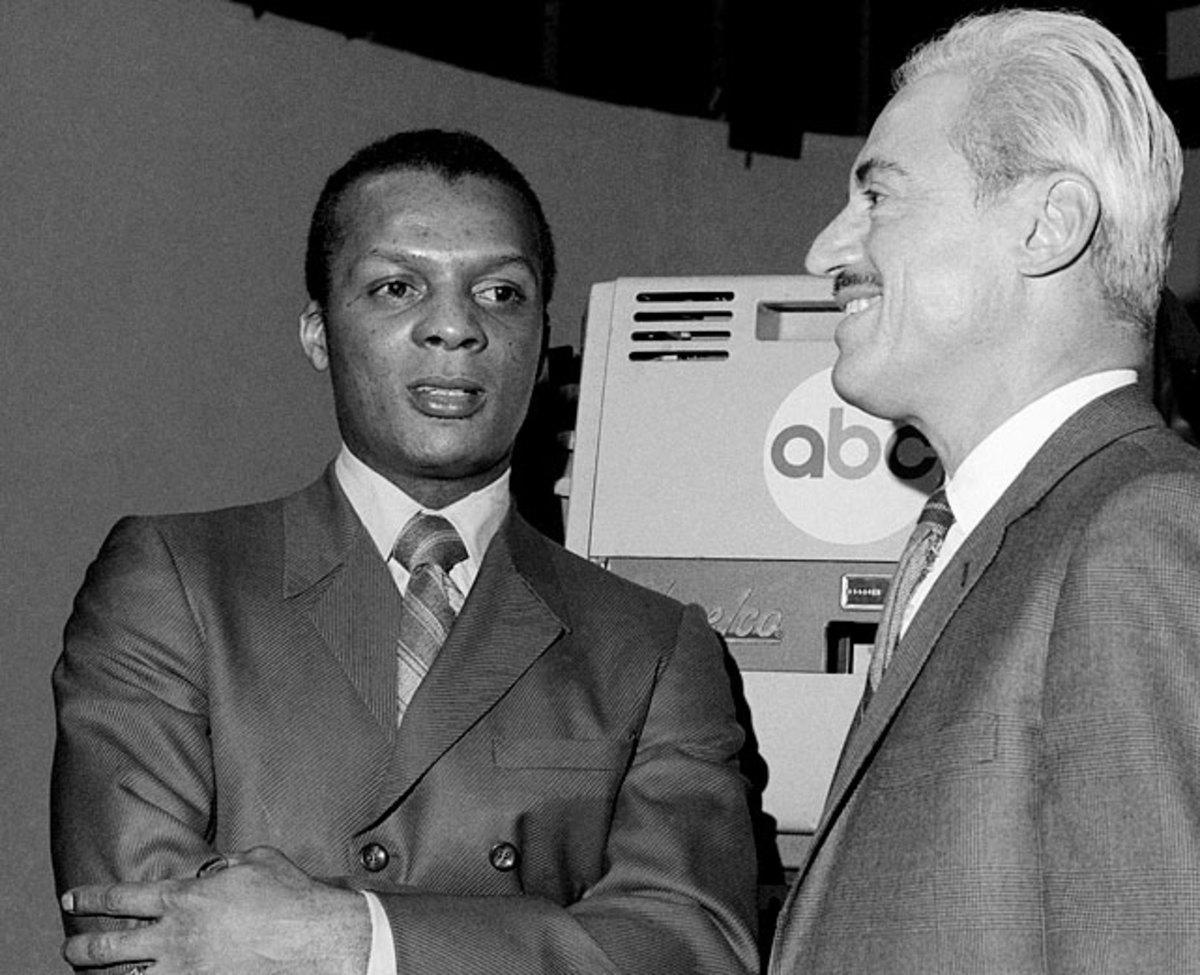
On Oct. 7, 1969 the Cardinals traded Curt Flood to the Phillies for three players. The only problem? Flood refused to go. He forfeited his lucrative contract and demanded the commissioner declare him a free agent. MLB commissioner Bowie Kuhn declined, and Flood sued. Eventually his case went before the Supreme Court, where it was struck down. Free agency as we now know it did not begin until 1975, but it could not have happened without Flood laying the groundwork.
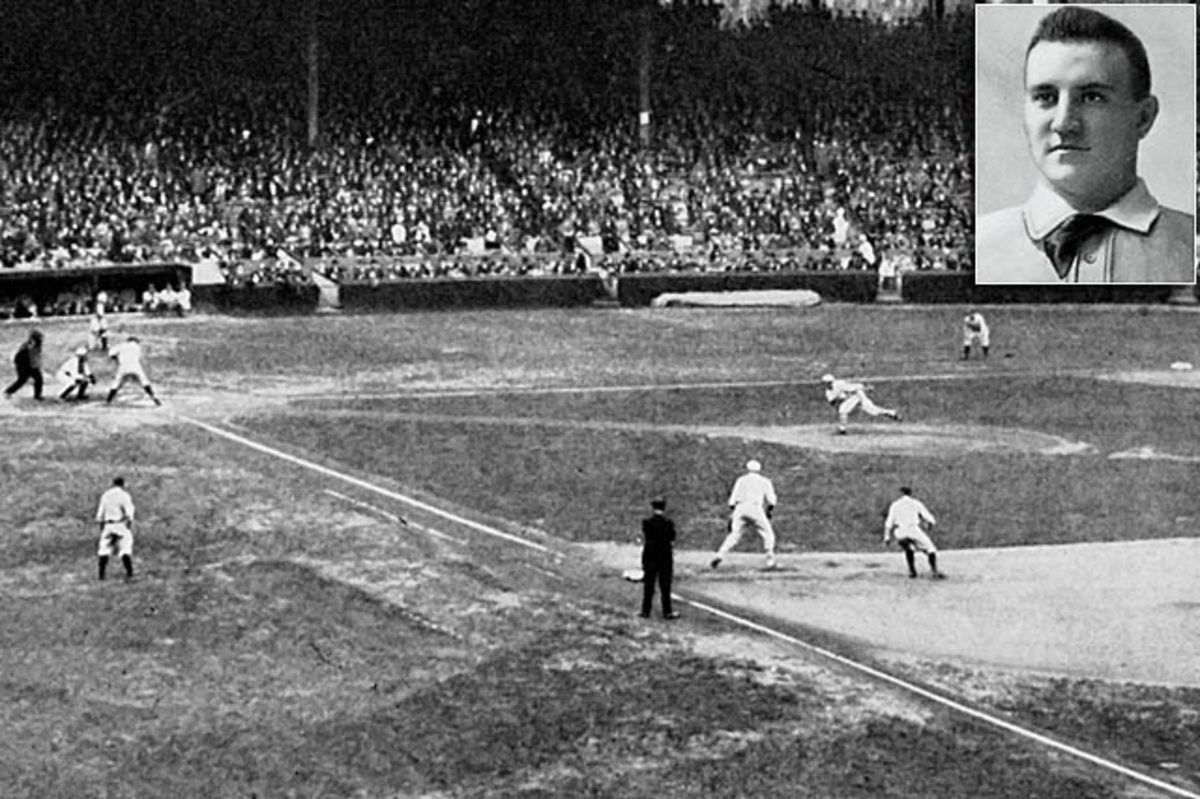
In 1893 officials increased the pitching distance from 50 feet to 60 feet, six inches. The changed was inspired, in part, by the domination of Amos Rusie (inset), who was rumored to have thrown in the high 90s. The moved seemed to work, kind of: Rusie's strikeout total dropped from 304 to 208 but he still led the league.
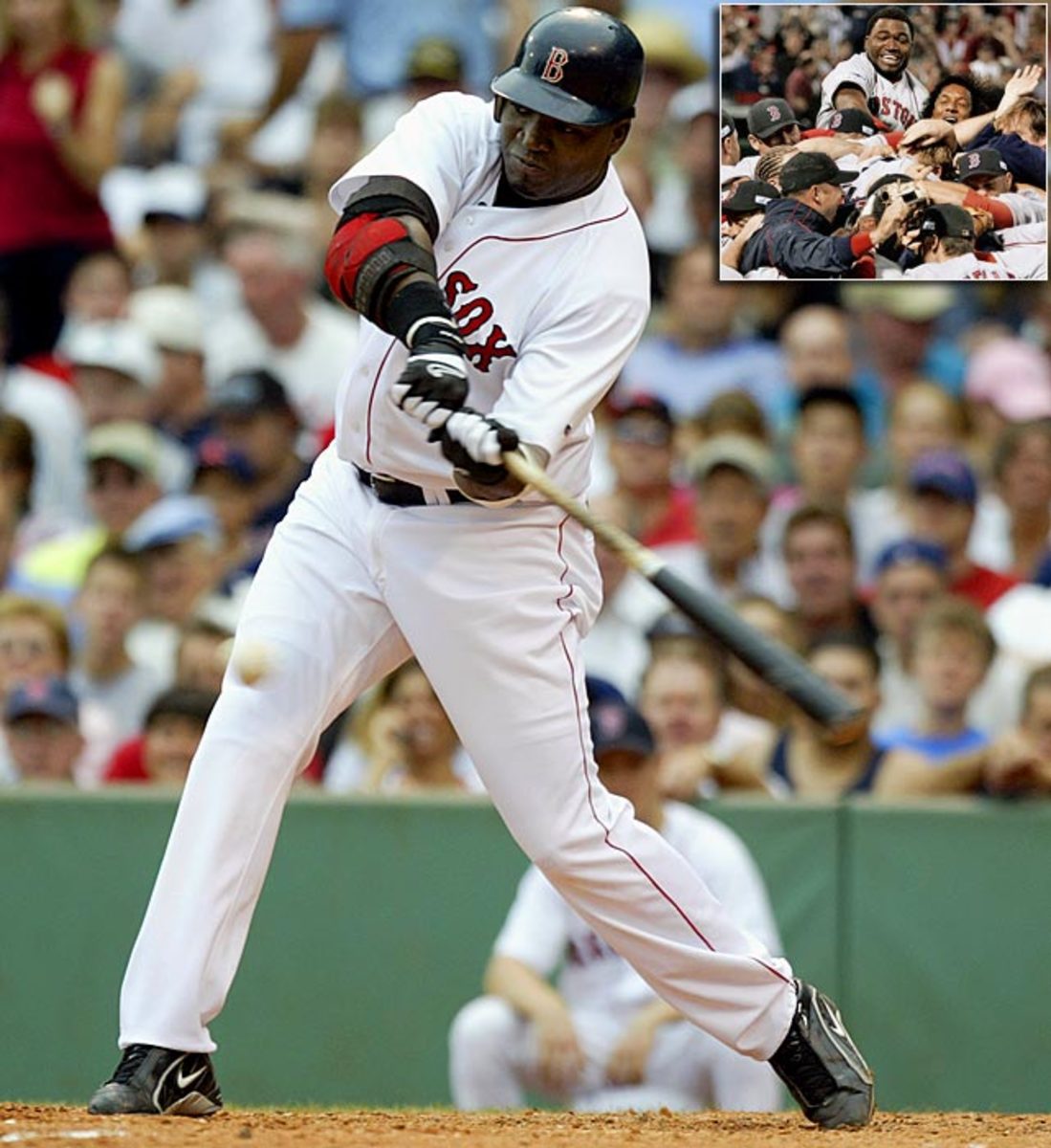
Before the start of the 2003 season the Red Sox signed a little-known hitter by the name of David Ortiz to a one-year, $1.25 million contract. The move, while unheralded at the time, would turn out to be the greatest free-agent signing of all time. Ortiz emerged as a force in the middle of Boston's lineup, has made six All-Star teams, helped the Red Sox win two World Series and is considered one of the must clutch hitters in Red Sox history.
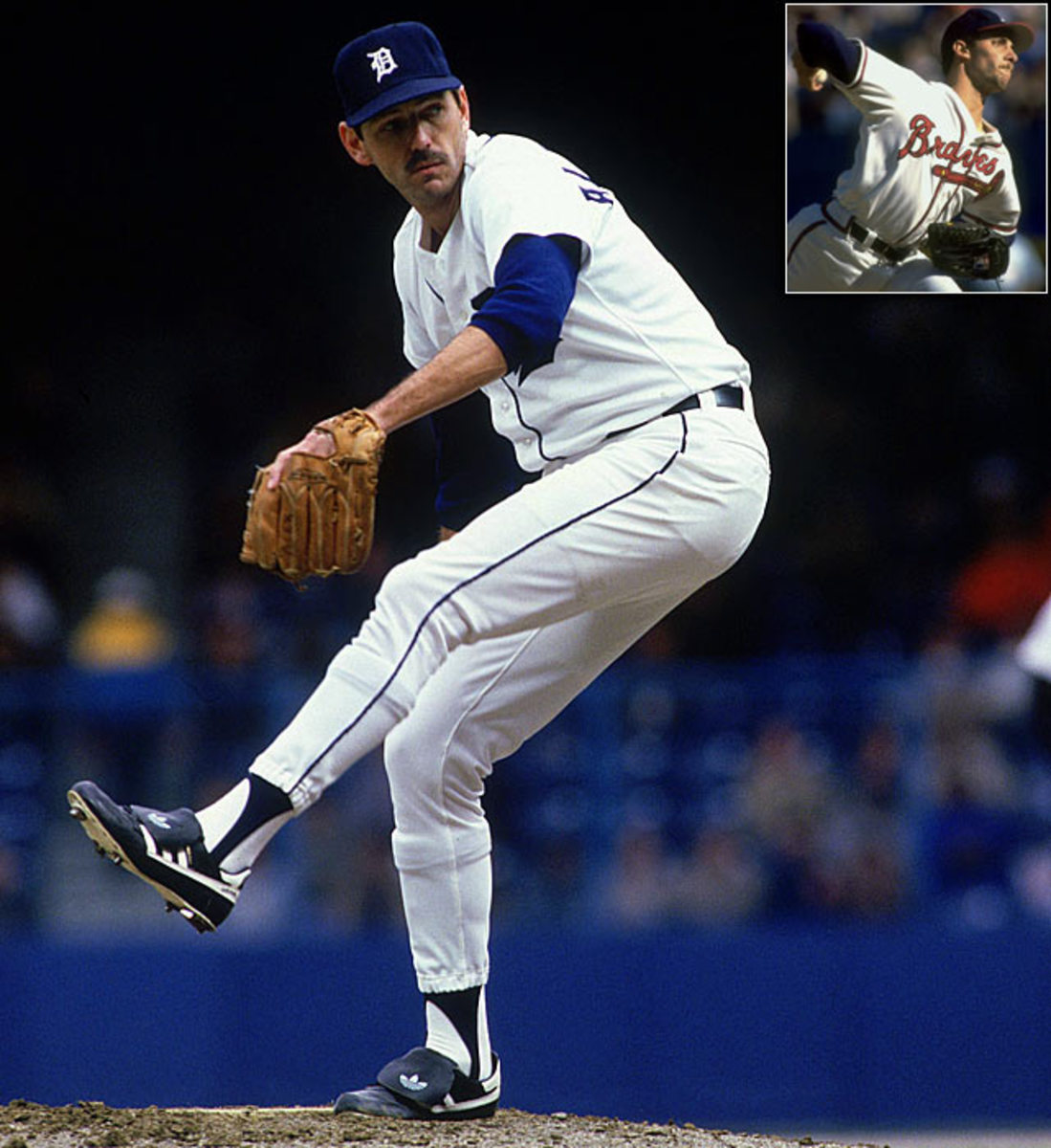
Given the career that followed, this trade was obviously a good decision for the Braves. But the trade was equally beneficial for the Tigers, at least in the short-term. Battling the Blue Jays for the AL East crown, the Tigers acquired Alexander for the stretch run. And he delivered. Alexander started 11 of the Tigers' 51 remaining games, going 9-0 with a 1.53 ERA, as Detroit won the AL East by two games.
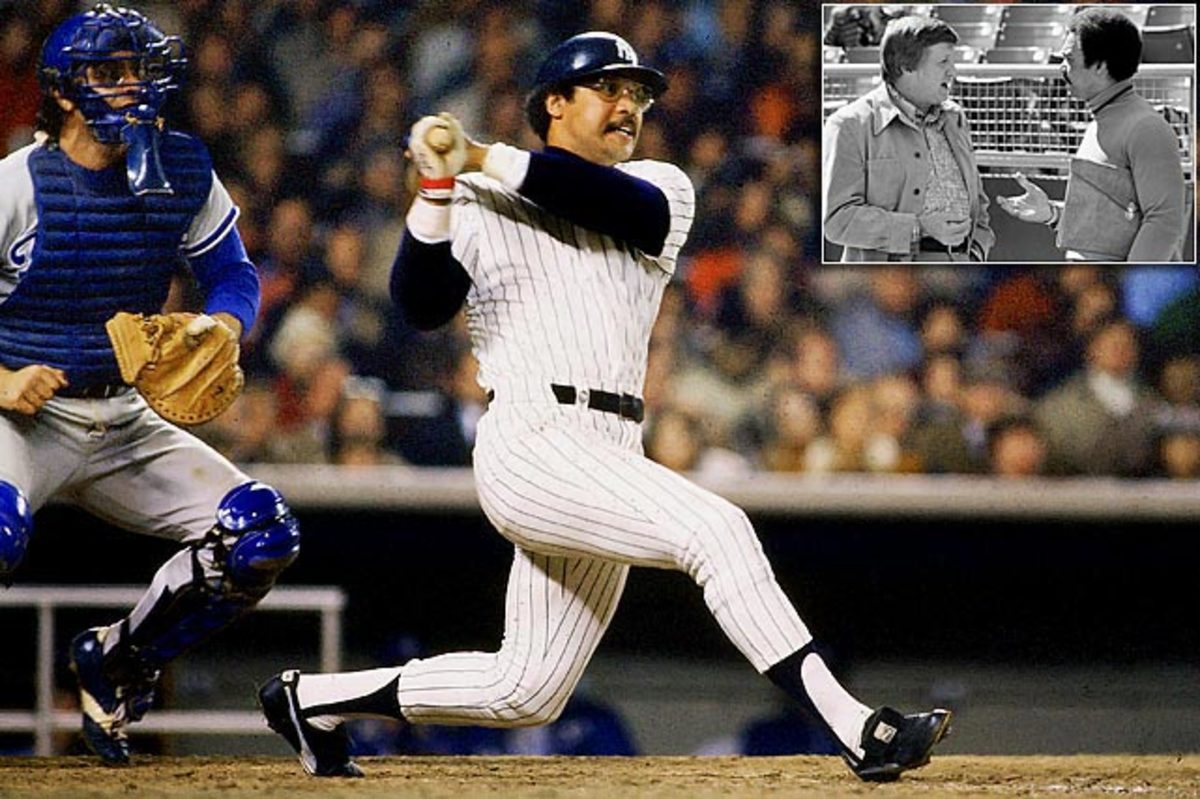
Never before has a free-agent contract paid off so quickly. The Yankees signed Reggie Jackson to a five-year, $2.9 million contract before the 1977 season. That October, Jackson earned the nickname "Mr. October" with three home runs in the clinching Game 6 of the World Series to help New York win its first World Series in 15 years.
